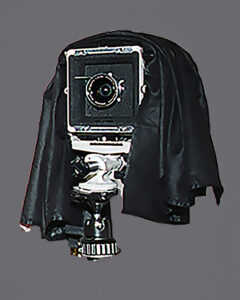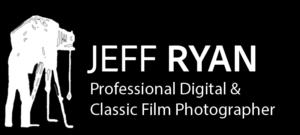OTTAWA PROFESSIONAL STUDIO PHOTOGRAPHER JEFF RYAN, OTTAWA GRADS, OTTAWA BALLET DANCE, OTTAWA CHILDREN FAIRY PHOTOGRAPHER, OTTAWA ORCHESTRA, HOLLYWOOD BLACK AND WHITE, KANATA, STITTSVILLE, NEPEAN, BARRHAVEN, ORLEANS, MANOTICK
MARCH 2025
“GETTING YOUR EQUIPMENT PREPARED FOR UPCOMING SUMMER/FALL MONTHS !”

Hello Ladies & Gentlemen:
Now that we have reached the month of March and Spring is rapidly approaching; I wanted to touch base with you regarding having your equipment prepared for the summer months ahead.
*Whether you are a digital or film photography enthusiast, it is a good idea to ensure your present gear will operate trouble free now that the weather is co-operating for many people. There has been a great interest in film over the last few years particularly from younger people. They not only do their visual comparisons between digital and film prints, but they have a passion for the production of film photography ranging from the initial capture of imagery to the development of film being either colour or black and white film. I will make comments now reflecting both products and in many instances, they are very similar. Let’s address the lenses that are in your camera bag. Regardless of the focal length, you should always be carrying lens cleaning fluid, tissues and a good blower brush with you. I previously used a blower brush with soft camel hair on the end of it but have replaced that with the “rocket” air blower bulb. This provides a great blast of air on your lens and filters after you have cleaned them removing fragments of the lens tissue that might adhere to the lenses.
*I am a resident of Ottawa, and a camera store in town called Vistek stocks the blower I made reference to: Giottos Rocket Air Large Black—$17.99 This would be a welcome addition to your gear over smaller air bulbs which don’t have the same level of efficiency.
*Film cameras: Clean the inside of the film transport and take up reel. I have a larger sized camel hair brush, sort of resembling a paint brush, and use this to dislodge any particles that a blower can’t remove. The brush in combination with the above mentioned blower will prevent stray particles of dust from adhering to your film. Digital cameras are obviously not concerned with this issue however ensuring the battery chamber and the card slots are kept clean is something to address. When I load my cards into my digital camera, they are gently wiped clean then my camera is tipped downwards ensuring the card slots are facing the ground while inserting the cards themselves. Too often when people position card slots facing the sky/ceiling, dust drops down in them creating inefficiency of good electronic connections between the camera body and the card itself.
*Protective filters for your lenses should be treated with the same respect as your lenses if they are of good quality. Brand name filters such as Nikon, Canon etc or alternate versions such as high end companies namely B & W filters which are made in Germany often exceed other filters. B & W filters use high quality schott glass for the serious minded photographer and if you can afford to purchase them, they will last for years if treated well without any deterioration.
*Always carry with you small sized “Silica dry pack” products which are designed to absorb moisture. These are very good are preventing your lenses from developing fungus due to damp conditions. Once fungus or mold gets inside your lens, it will have to be professionally serviced to remove it and that can be an expensive repair. Often times, the cost of the repair will not be justified placing you in the position of having to purchase a new lens.
*Good Quality Camera Bags: Although this comment may seem redundant, it is an important one. Purchase a bag that will not burden your excursions. Sometimes people find that should bags that sit on one side of your waist are too awkward and make them feel strained due to the weight of your gear being placed on one side of your body. I have purchased a knapsack style of bag when I am doing nature photography and the weight of the bag is equally distributed on your back reducing levels of fatigue. Some of these bags even include straps on the bottom of them to hold an average sized tripod, freeing your hands of holding anything as you are observing the scenery before you.
*Rain protection for your camera. A person does not have to spend a lot of money when creating a protective coat for their camera.-(This is even more important now with digital cameras being so heavy into electronics). A simple large clear frozen food bag with a hole cut out in it will suffice. Get some elastic bands to secure it to the lens hood. The freezer bag should be large enough to cover your entire camera permitting you to look through the covered viewfinder.
I hope these helpful suggestions will assist you in extending the life of your photographic equipment. We’ll see you next month!
With Good Wishes Extended,
Jeff Ryan Photography/Ryan Studio Ottawa
www.jeffryan-photography.com
